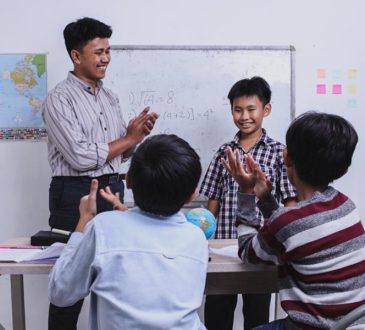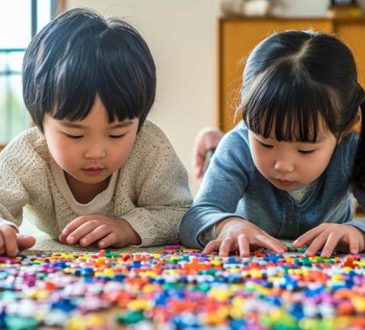
The demand for early Chinese language education in Singapore has grown rapidly, with many parents turning to tuition centres to supplement what is taught in preschools. However, not every Chinese tuition centre in Singapore is equipped to handle the unique needs of preschool-aged children. The suitability of a centre depends not only on the curriculum but also on the delivery, environment, and teacher capabilities.
Discover what sets a preschool-appropriate tuition centre apart from the rest.
Specialised Curriculum for Early Learners
The developmental stage of a preschooler requires a vastly different approach compared to older children. A suitable Chinese tuition centre will offer a curriculum specifically tailored to early childhood language acquisition. This approach includes a strong emphasis on oral language development, interactive storytelling, song-based learning, and recognition of basic Chinese characters. The goal at this stage is to create a strong foundation in listening, speaking, and word familiarity rather than rote memorisation or exam performance. Centres that push primary-level material onto preschoolers miss the mark entirely in terms of cognitive readiness.
Native-Speaking and Child-Trained Educators
Teaching Chinese to preschoolers requires both language proficiency and a deep understanding of child development. Centres that are genuinely suitable for this age group will employ educators who are not only fluent native speakers but are also trained in early childhood pedagogy. These instructors understand how to manage short attention spans, guide learning through play, and adapt activities on the fly depending on a child’s mood and energy levels. Once instructors lack training in working with younger children, the classroom dynamic tends to be rigid and ineffective for learning.
Language Immersion and Exposure
Preschoolers learn languages best in immersive environments. A qualified Chinese tuition centre should offer a full Mandarin-speaking environment for the duration of each session. This natural exposure accelerates language absorption and builds comfort with hearing and using Chinese in daily life. Centres that mix too much English into sessions or rely heavily on translation may undermine this early stage of immersion, making it harder for children to associate meaning directly with Chinese phrases and vocabulary.
Age-Appropriate Learning Tools
Preschoolers respond best to tangible, sensory learning tools—songs, puppets, flashcards, games, and crafts. Suitable tuition centres should be equipped with such materials to make language learning feel like a fun, exploratory activity rather than a structured academic task. These tools help children absorb vocabulary and pronunciation through play-based repetition, which aligns with how children naturally learn. The use of multimedia, including videos, interactive whiteboards, and digital storytelling, can also support attention and reinforce learning, provided it is used strategically.
Small Group Sizes for Personalised Attention
Young learners require constant guidance, encouragement, and correction. A Chinese tuition centrethat is suitable for preschoolers will maintain small group sizes, typically not more than 5 to 6 students per class. This approach allows teachers to monitor each child’s progress and adjust activities as needed. It also gives children a more comfortable social setting in which to speak up and participate. Overcrowded classes can be overstimulating and cause some children to disengage, especially if they are shy or less confident with the language.
Parent Involvement and Progress Tracking
Preschool education is not a standalone effort. A tuition centre that understands this will regularly engage with parents—sharing updates, providing feedback, and offering guidance on how to reinforce Chinese for preschoolers at home. This tracking may come in the form of weekly progress notes, home activity suggestions, or brief parent-teacher meetings. Open communication is a strong indicator that the centre views learning as a collaborative journey.
A Chinese tuition centre in Singapore catering to preschoolers should not simply mirror the methods used for older students. Suitability lies in the alignment with how young children think, learn, and interact. The right environment, educator, and curriculum make all the difference for parents seeking to give their child an early advantage in Mandarin.
Contact Tien Hsia Language School to discover a Chinese tuition centre that specialises in early childhood learning.




